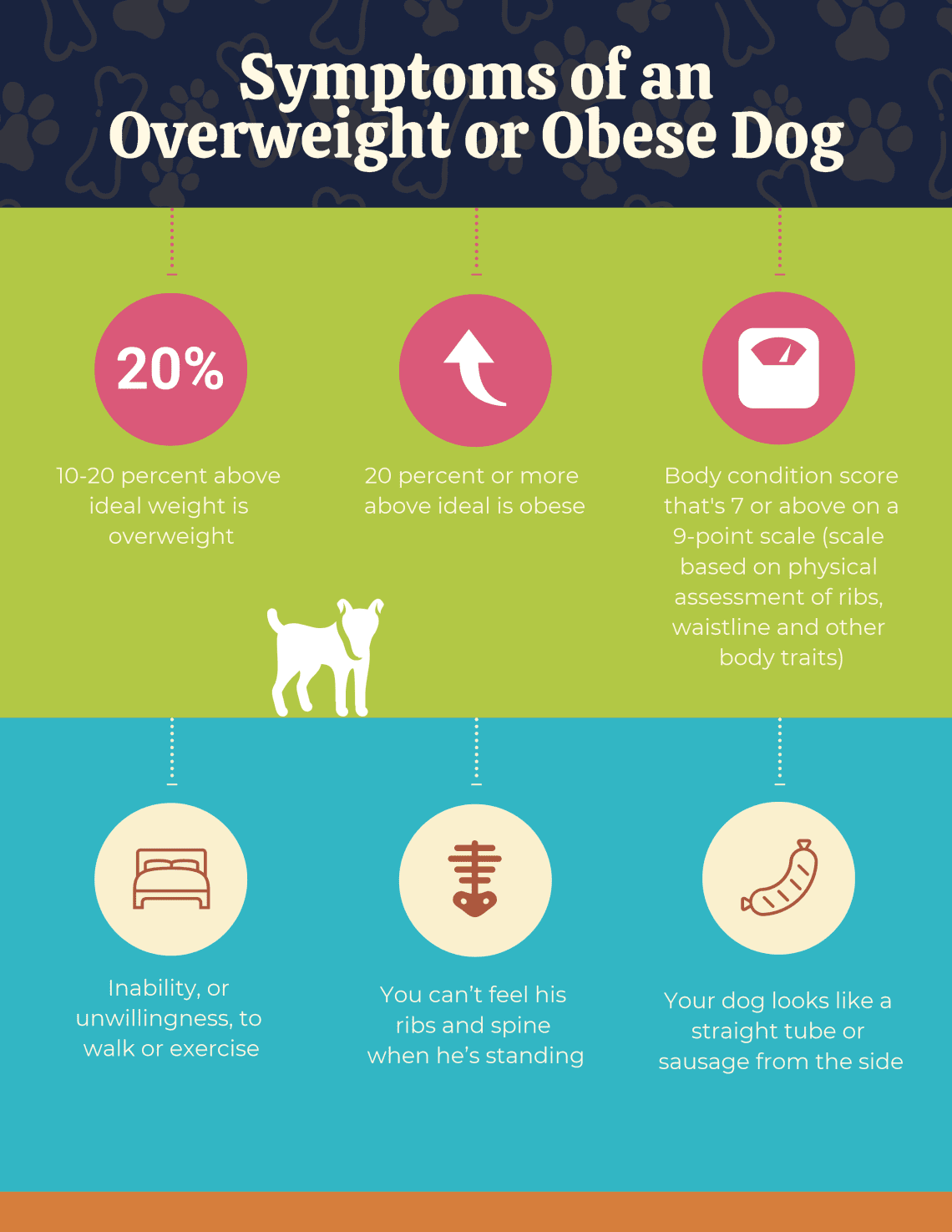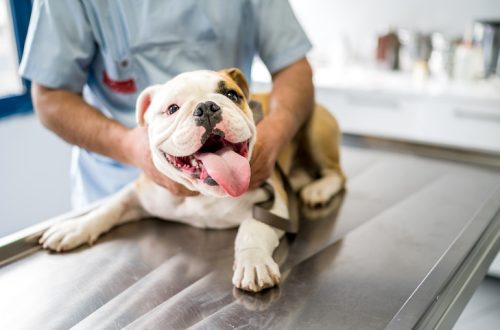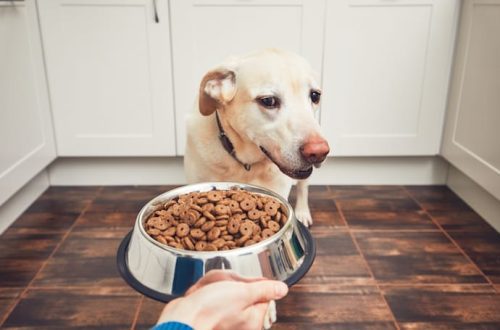
Symptoms and Risks of Overeating in Dogs
You love your dog and you want to feed him the very best food to keep him healthy. But when it comes to serving size or the number of treats per day, you’re not sure you’re not overfeeding your pet. As with humans, there are many health risks associated with overeating a dog. The Pet Obesity Prevention Association reports that as many as 54% of dogs in the United States are overweight or obese. Eating too much food or treats can lead to obesity, so it’s important to know that your pet’s eating habits keep him healthy.
Contents
What should be the portion size of a dog
The best way to figure out what your dog’s diet is like is to talk to your veterinarian. Before the visit, measure the average serving size of wet or dry food and note how often (and at what time) your dog eats. Keep a log of how often you feed her treats and what treats you give her—including raw food, peanut butter, or table scraps.
Show all your records to your veterinarian so that he knows how many calories your dog consumes and what ingredients are in his food. This will help the specialist make sure your puppy is getting the vitamins, nutrients and minerals he needs for a balanced diet.
Most pet food brands recommend serving sizes based on the dog’s weight. But, keep in mind that if your dog is already overweight, then these recommendations may not be as helpful as you would like. Do not drastically reduce the amount of food – ask your veterinarian about this first.
Signs of an overfeeding dog
Unfortunately, there are not many obvious symptoms that you are feeding your pet too much. Monique Udell, an animal behaviorist at Oregon State University, told National Geographic that “Most people don’t know if they’re overfeeding their dog or not. The more they see other people’s dogs of the same weight, the harder it is for them to recognize if their own pet is obese.” You may notice that an overweight dog lacks energy or has trouble exercising, but this is not always the case.
Call the dog and have a look. If you can easily feel his ribs (but can’t see them) and he has a “waist” behind his chest, your dog is most likely the ideal weight for his body. Ribs covered with a thick layer of fat, or a barely noticeable waist are visual signs that the animal is overweight.
If you have multiple dogs, they may require different types of food, depending on their age and breed. It is possible that the same handful of food can be excessively large for dog A and normal for dog B.
Risks Associated with Overfeeding Your Dog
There are many short and long term risks of overfeeding a pet. According to Banfield Hospital’s 2017 Pet Health Report, overfeeding a dog is driving up medical bills for pet owners. The report suggests that overweight dog owners spend 17 percent more on their health than those whose pets are a healthy weight. In addition, they spend almost 25 percent more on medicines.
The amount spent on medical needs is not the only worrying thing. Far worse are the health risks that animals face. According to the results of the Pet Health Survey, the incidence of diseases such as arthritis and breathing problems has skyrocketed as more dogs become overweight. Reduced mobility due to being overweight also makes recovery much more difficult, for example in dogs with a broken limb. Finally, obese animals tend to be more sedentary and difficult to get to exercise. Because of this, they become more at risk for heart disease.
You love your pet and would do anything to keep it from getting sick. Spend some time observing your pet’s eating habits and talk to your veterinarian about any changes to his diet that need to be made. Yes, your pet may be begging for food or looking at you plaintively, but dogs don’t have an inner voice telling them they’re full, and they often eat far more than they should. You yourself must help the dog lose weight by giving him the right portions of food.





